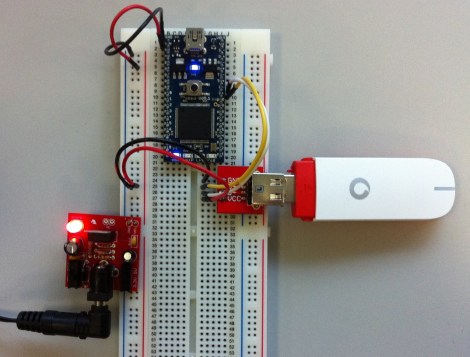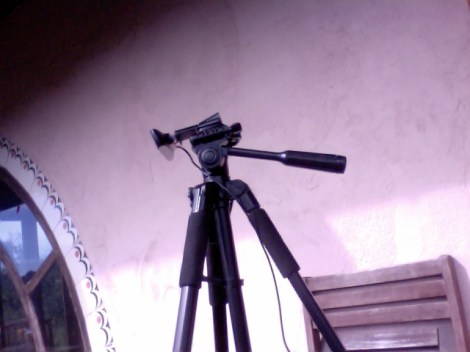
Over Thanksgiving, [Greg] had a little time on his hands and decided he needed an afternoon project. Having a few bits of plywood, an xacto knife, and some blue paint on hand meant a miniature TARDIS would take shape on his workbench. After finishing the model, [Greg] continued improving it with a blinky LED when the thought of adding an interior to the TARDIS entered his mind. An idea too good to pass up, really.
The TARDIS, of course, is smaller on the outside, so [Greg] needed a way to virtually model the interior of [9] and [10]’s home. After playing around with Blender for a few days, [Greg] had a reasonable 3D facsimile of the TARDIS interior. Now the only problem was to display it behind the front door.
[Greg] whipped up a small app for his phone that reads a zebra print pattern behind the door and overlays the 3D modeled TARDIS interior. Yes, it’s only viewable through augmented reality, but tilting the desktop TARDIS from side to side makes the entire console room visible. You can check out [Greg]’s TARDIS interior in the video after the break.

















